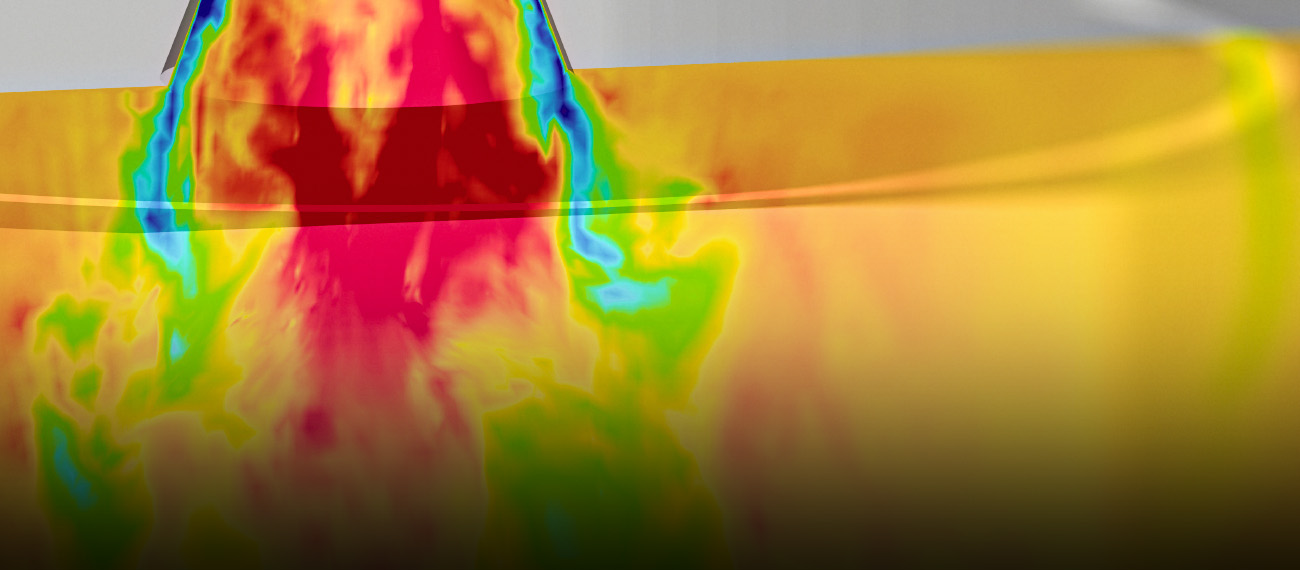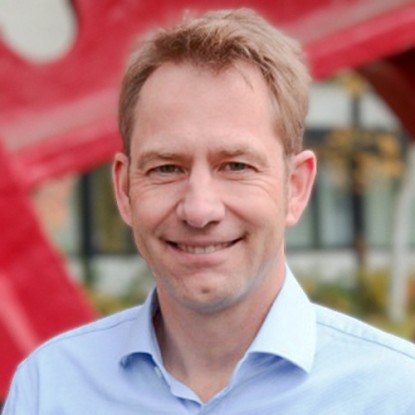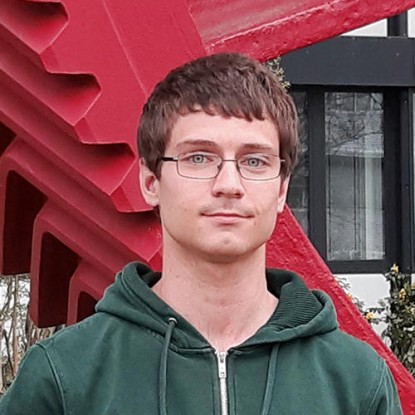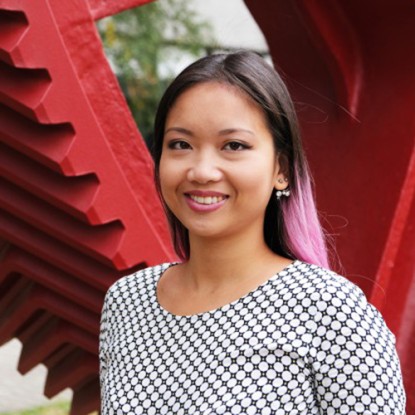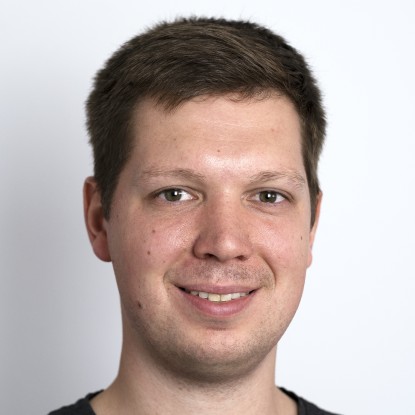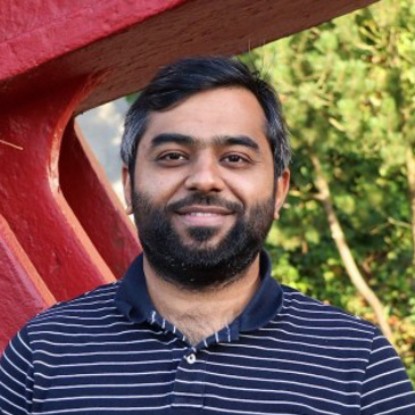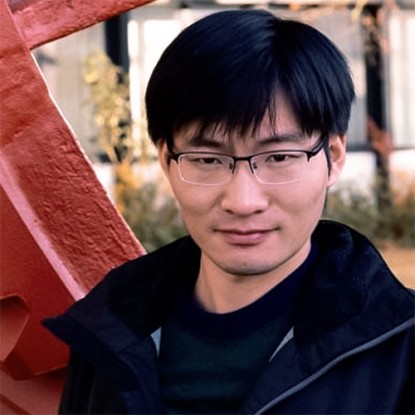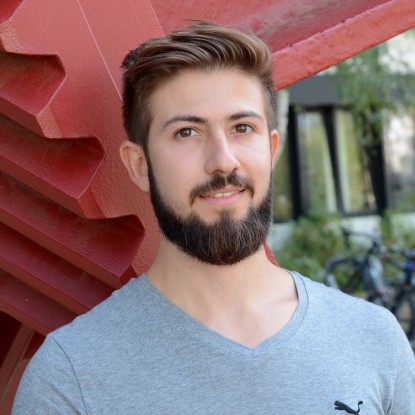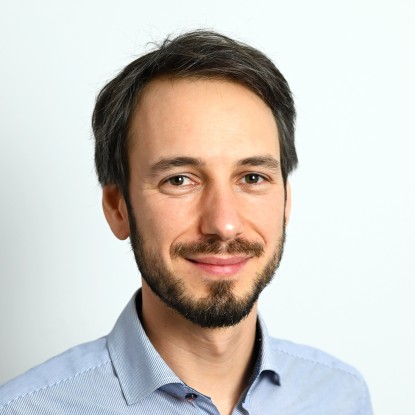There are only few studies on the oxidation (combustion) of iron dust/air mixtures and the micro and macro structures of such flames in laminar and turbulent conditions. Iron as a fuel differs significantly from other solid fuels such as coal or biomass and thus, previous results or modeling approaches for these carbonaceous fuels cannot be transferred directly.
During iron oxidation under combustion-relevant temperatures, only heterogeneous reactionsheterogeneous reactions take place and no fuel volatiles or oxidation products are released into the gas phase. Oxidation products continue to be solid; the mass of the particle increases with advancing oxidation. A porous layer of different iron oxides (FeO, Fe3O4, Fe2O3) can form as an outer shell, which represents a further transport resistance for the diffusion of oxygen to the inner reactive surface. This leads to a completely different coupling of transport processes and chemistry, which is insufficiently understood so far. Accordingly, the structure of reaction zones in iron dust/air flames and how they affect global combustion parameters such as burning rate or stabilization under different conditions (flow, particle landing, particle size, gas temperature, oxygen content) is largely uncharted scientific territory.
This subproject aims for an improved understanding of reaction-transport coupling using mathematical modelling and simulation of laminar and turbulent iron dust flames. The project is complimentary to that of A. Scholtissek and B. Böhm, where experiments and model development for the ignition and oxidation of single iron particles are conducted. It strongly collaborates with the experimental projects by A. Dreizler and D. Trimis, that provide validation data for the micro- and macrostructure of laminar and turbulent iron dust/air flames. It will also benefit from experimental information such as the in-situ information on the oxidation states in flames (D. Geyer), porosity measurements (B. Etzold), the characterization of oxidation states from XRD and Mössbauer spectroscopy (U. Kramm).
Scientific challenges:
- Understanding the coupling of transport and chemistry in laminar iron dust/air flames
- Predicting the micro and macro structure of laminar and turbulent iron dust/air flames
- Sensitivity of the micro and macro structure of iron dust/air flames on the turbulence, particle loading, particle diameter, heterogeneous kinetics and gas temperature
Infographic
Chain of action in pulverized iron/air combustion as high-resolution PDF:
LES of swirled pulverized iron/air flame
Unsteady simulation of the coupled particle and reaction processes in a swirled lab flame. The video shows the initial phase in which iron particles are added to a single phase methane flame. A clear change in the flame structure can be seen.
